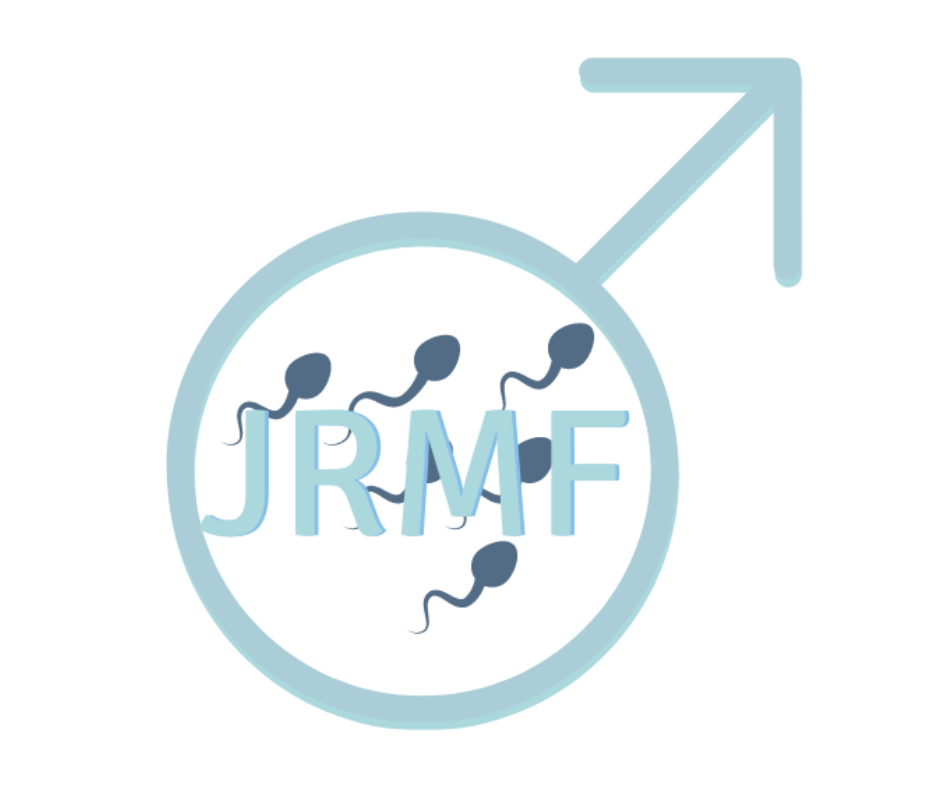European Society of Human Reproduction and Embryology (ESHRE) 2023 Review
I visited the 39th ESHRE meeting in Amsterdam last week. Although heavily accented towards gynaecology and female fertility, there has been a notable trend towards the men and the male factor over the last four or five years, and this was maintained this year.
One of the keynote addresses on the first day related principally to male fertility, and this was followed by a report from a Spanish fertility unit relating to a small series of men whose semen analysis results were impaired after a COVID infection. There were only 45 cases, but this is no surprise, as achieving prospective data during a pandemic is notoriously difficult. The Spanish researchers noticed a reduction in both sperm numbers and quality, but whether, in population terms, its effect would have been sufficient to impair natural conception remains unknown. The important part of this study was to confirm that these effects may be seen after relatively mild infections and that they may persist beyond the 70–80-day spermatogenic cycle. The researchers did not measure testosterone levels and did not look at sperm DNA fragmentation. Nonetheless, this report adds to the increasing observational data (rather than evidence) suggesting that this coronavirus has direct effects on the testes of young men.
I was pleased to be invited to a symposium which brought together embryologists and scientists to discuss the relationship of oxidative stress (and its measurement in seminal fluid) and sperm DNA fragmentation (SDF). We have known that oxidative stress can damage sperm by causing its DNA package to fragment for many years. We have been less sure about the best ways of measuring oxidative stress. The treatable causes of oxidative stress, and therefore reliable ways of improving sperm SDF, have also been debated. At one end of the spectrum, those who deny the relevance of sperm DNA quality, never measure oxidative stress or DNA fragmentation, and now in 2023 I would argue that these ‘flat Earth’ deniers should probably be ignored!
In the middle ground are a group of ‘agnostics’ who accept the measurement of levels of oxidative stress and react appropriately with the prescription of antioxidants but, nonetheless, do not measure SDF or indeed believe in any other male factor investigations. At the other end of the spectrum are the believers, mostly urologists, and most but not all scientists who believe that:
- Poor DNA fragmentation (SDF) levels impair fertility outcomes.
- Oxidative stress is the principal cause of SDF.
- Oxidative stress and SDF levels can be improved by lifestyle, varicocele treatment and reduction in inflammatory processes and by the treatment of certain infections.
The symposium was sponsored by those who have developed and distributed the MiOXSYS tests for oxidative stress, and I applaud my friends at LogixX Pharma for all their efforts to explore and research the complex issues of male fertility.
An authoritative review was given by Professor Ralf Henkel, with lots of evidence about the improved outcomes of ICSI with better sperm DNA fragmentation – I am quite sure that the tide is beginning to flow in a new and positive direction.
I was pleased that a whole plenary session was devoted to the importance of the vaginal and endometrial microbiomata (plural for microbiome!). This is another area where there are believers and deniers. As with all of the debates about new clinical topics which I have observed over the last 40 years, there is always a tipping point of acceptance and I think we are getting there in the case of the microbiome.
Only one of the six studies reported measured the partner’s microbiome in the seminal fluid, and that data will be available next year. This is a rapidly-developing area and I suspect that some disorders, or dysbioses, of the balance of the organisms and bacteria found in the genital tracts of both men and women will be found to be related to fertility outcomes, especially in IVF and ICSI cycles.
Finally, the ESHRE meeting creates and disseminates excellent statistics, giving an overview of all treatment cycles worldwide. In 2020, in the 38 countries covered by the European organisation, there were 882,000 cycles responsible for 166,000 live births. These figures were lower than the 2018 data, probably because of COVID. Other data from other countries reveals similar statistics in terms of outcomes.
Worldwide trends in practices within IVF cycles were predictable but also of interest, reinforcing similar trends in UK practice. The use of preimplantation genetics (PGTA), frozen embryo transfers (FET) and freeze-all embryo cycles had all increased significantly.
Overall, this was an informative meeting, more than 10,000 delegates with worldwide representation, a good balance of clinical reports and of science, indicating to me that there is a convergence of views and that male factors are gaining importance, if not quite yet a 50% recognition.


